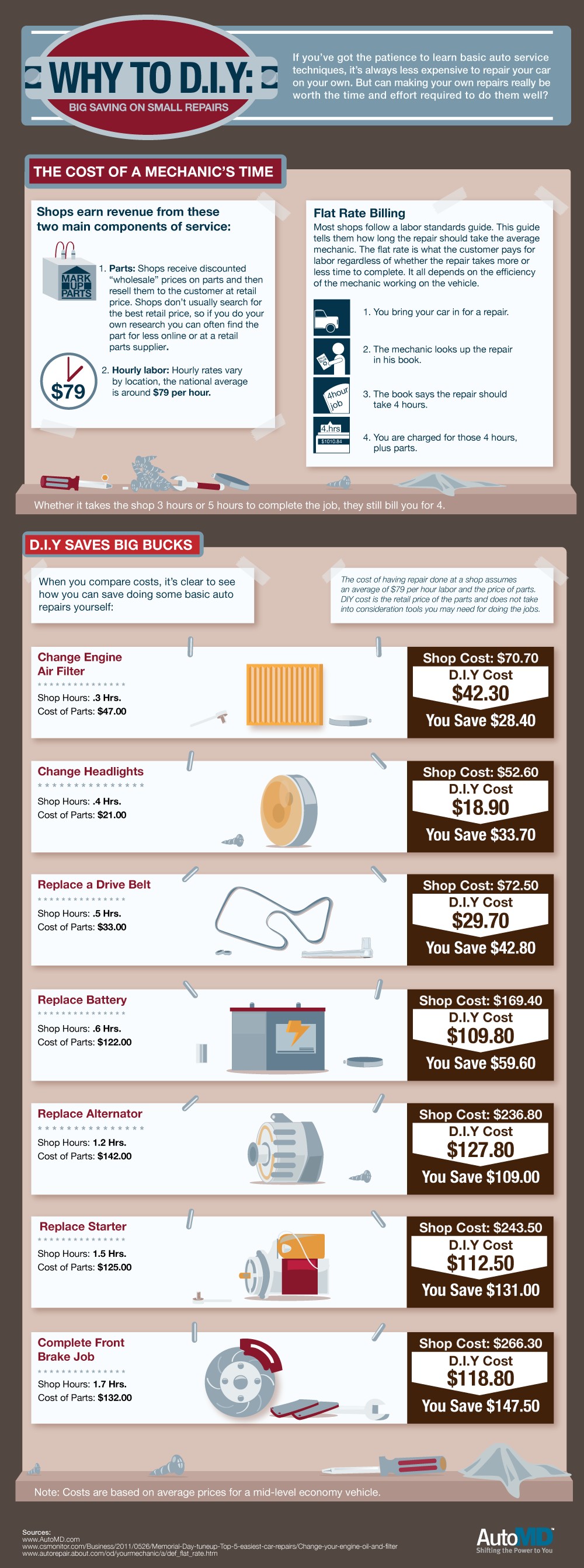Examining Your Cars And Truck'S Warning Indicators: What They Truly Share
Examining Your Cars And Truck'S Warning Indicators: What They Truly Share
Blog Article
https://johnathanjezto.blog-kids.com/31394279/personal-narrative-updating-my-old-jalopy-through-a-weekend-of-outlining-work -Faulkner Kejser
When you're behind the wheel, those glowing warning lights on your control panel can be a little bit complicated. Do you understand what they're trying to tell you about your auto's health and wellness? Understanding https://brake-service-near-me18395.jaiblogs.com/58221294/a-comprehensive-resource-outlining-the-vital-devices-required-in-every-automobile-service-center-revealing-the-key-elements-for-reliable-car-upkeep of these lights is important for your security and the long life of your car. So, the next time among those lights pops up, would not you intend to understand its message properly and take the required steps to address it?
Common Caution Lighting and Interpretations
Identify common warning lights in your car and understand their meanings to make sure risk-free driving.
One of the most common warning lights include the check engine light, which indicates problems with the engine or emissions system. If this light comes on, it's important to have your vehicle checked promptly.
The oil pressure warning light shows reduced oil stress, calling for instant interest to avoid engine damages.
A flashing battery light could recommend a malfunctioning billing system, potentially leaving you stranded otherwise addressed.
The tire pressure tracking system (TPMS) light notifies you to reduced tire stress, impacting car security and gas effectiveness. Neglecting this could result in risky driving problems.
The abdominal light suggests an issue with the anti-lock braking system, endangering your capacity to stop rapidly in emergencies.
Last but not least, the coolant temperature level advising light warns of engine getting too hot, which can result in serious damage if not fixed swiftly.
Comprehending these typical caution lights will assist you resolve problems quickly and maintain risk-free driving conditions.
Significance of Prompt Interest
Comprehending the common warning lights in your auto is just the first step; the significance of without delay dealing with these cautions can not be highlighted enough to ensure your safety on the road.
When a warning light brightens on your control panel, it's your car's method of communicating a prospective problem that requires attention. Disregarding these warnings can bring about extra serious issues later on, compromising your safety and possibly costing you a lot more in repairs.
simply click the following site to warning lights can avoid break downs and accidents. For example, a flashing check engine light could show a misfire that, if left ignored, might trigger damage to the catalytic converter. Addressing this quickly can save you from a pricey repair service.
Similarly, ceramic pro warning light might indicate low brake fluid or worn brake pads, essential parts for your safety and security when driving.
DIY Troubleshooting Tips
If you notice a warning light on your control panel, there are a few do it yourself fixing tips you can attempt prior to looking for professional assistance.
The initial step is to consult your cars and truck's guidebook to comprehend what the particular caution light shows. Sometimes the issue can be as simple as a loose gas cap setting off the check engine light. Tightening up the gas cap may solve the trouble.
Another common issue is a reduced battery, which can trigger various warning lights. Checking the battery links for corrosion and ensuring they're safe and secure might fix the problem.
If a caution light lingers, you can attempt resetting it by separating the vehicle's battery for a couple of mins and afterwards reconnecting it. Furthermore, inspecting your automobile's fluid levels, such as oil, coolant, and brake fluid, can aid fix cautioning lights related to these systems.
Final thought
To conclude, recognizing your cars and truck's warning lights is important for keeping your lorry running smoothly and securely. By promptly dealing with these alerts and understanding what they imply, you can stay clear of costly repair work and potential break downs.
Remember to consult your cars and truck's guidebook for particular details on each cautioning light and act accordingly to make certain a hassle-free driving experience.
Keep informed, remain risk-free on the road!
